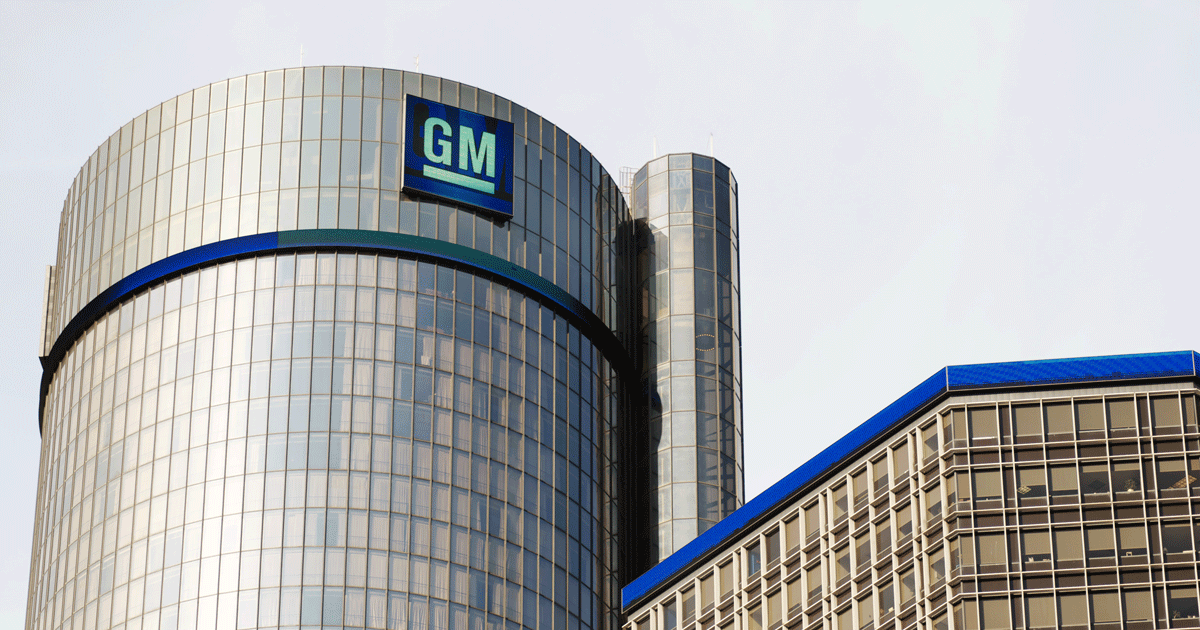
First came news about Foxconn not building a 13,000 employee manufacturing plant in Wisconsin. Then the next day came stories that they were going to continue with plans to build the manufacturing facility. Who know what will finally happen.
What is clear is that if they build a plant it will not be the one that was promised when Wisconsin offered them $4.1 billion in incentives.
The Verge did a detailed article on the topic in October. The article is titled Wisconsin’s $4.1 billion Foxconn boondoggle. The Verge summarizes the change in plans this way:
But what seemed so simple on a napkin has turned out to be far more complicated and messy in real life. As the size of the subsidy has steadily increased to a jaw-dropping $4.1 billion, Foxconn has repeatedly changed what it plans to do, raising doubts about the number of jobs it will create. Instead of the promised Generation 10.5 plant, Foxconn now says it will build a much smaller Gen 6 plant, which would require one-third of the promised investment, although the company insists it will eventually hit the $10 billion investment target. And instead of a factory of workers building panels for 75-inch TVs, Foxconn executives now say the goal is to build “ecosystem” of buzzwords called “AI 8K+5G” with most of the manufacturing done by robots.
The Verge writes that Michigan put together the second most lucrative incentive package for Foxconn. “And no other Great Lakes state came close to offering the $4.1 billion Foxconn is getting. Michigan came the closest, offering $2.3 billion, but it was partly a tax subsidy rather than cash.
Foxconn wasn’t the only company Michigan offered huge incentives to. Crain’s Detroit Business did a highly-recommended article on the tax breaks Michigan is providing to General Motors entitled General Motors may keep cashing in tax credits after cuts, closures. Crain’s reports that the tax breaks General Motors is entitled to are based on employment of at least 34,750 in Michigan. GM currently has 51,000 Michigan employees. So they could continue to collect tax incentives through 2029 as long as they don’t lay off more than 18,250 Michigan employees.
Crain’s reports the value of the GM tax breaks is not public. But it almost certainly is far more than a billion dollars since Crain’s reports: “Ford agreed to cap its remaining credits at $2.3 billion through the end of 2029, while FCA accepted a $1.7 billion cap for the remaining life of the MEGA tax credit program.”
Hopefully the Foxconn and General Motors experiences will call into question continuing an economic development strategy in Michigan dominated by providing huge tax breaks to companies that make investments here. There are all sorts of lessons that policymakers should learn from Foxconn and General Motors, but the two largest may well be:Companies are going to do what the market demands them to do irrespective of tax breaks. Big tax breaks aren’t powerful enough to stop General Motors from big layoffs. The October Verge story indicated that if Foxconn builds a manufacturing plant in Wisconsin most of the work would be done by robots. There was never a realistic chance that Foxconn was going to hire 13, 000 blue collar workers.
If you have to give tax breaks it should be for new high-wage/high-benefits jobs, not new investments. The two do not go hand in hand. To General Motors credit they are a high-wage/high-benefit employer. Many manufacturers are not. But that does not justify billion dollar plus tax breaks for retaining some portion of your current workforce.
(The New York Times has a great overview editorial on the topic entitled Taxpayers always lose industry’s shell game with jobs. The editorial’s subtitle is: G.M. is the latest example of a company getting incentives based on empty promises.
The Amazon HQ2 location competition told a similar story. Yes they got big incentive packages from New York and Virginia. But neither were close to the largest incentives. The incentives were, at best, the icing on the cake, not the driver of Amazon’s decision.
This topic is so important because the funds provided in business tax breaks can be used for other items that are far more important to the Michigan economy and, most importantly, to the economic well being of Michiganders. In a fascinating column, entitled Maybe tax breaks should go toward bringing in people,rather than jobs, Crain’s Dustin Walsh suggests:
Michigan must flip economic development on its head to solve population stagnation by transitioning from tax incentives to create jobs to tax incentives to fill jobs. … The prescription: Offering tax incentives to workers, rather than to businesses, to come to Michigan.
Michigan Future’s preference would be to use the funds that would go to business incentives for public investments in education from birth through college, creating places where people want to live and work, and shared prosperity. Michigan has been under investing in all three for decades. Our recommendations are detailed in our A Path to good-paying careers for all Michiganders report.
Former Governor Snyder got it right when he wrote in his 2011 Special Message on Developing and Connecting Michigan Talent: “In the 20th century, the most valuable assets to job creators were financial and material capital. In a changing global economy, that is no longer the case. Today, talent has surpassed other resources as the driver of economic growth.”
Unfortunately he and his predecessors for the last three decades have been doing the opposite. Subsidizing financial and material capital rather than investing in preparing, retaining and attracting talent. It is far past time for a change.







